Our First Intervention 🚇
Design Studio 01
23/10/2023 - 05/11/2023
After developing our own design spaces and learning about the concept of 1PP it was time to put it into practice. We had 2 weeks to form a group and make a little intervention in the city of Barcelona.
In order to create groups with similar interests, we made an activity where we displayed all our interests on a big board in class. That way, everyone was able to see other people's interests. In my case, I was mostly interested in refugee technology and maker education. Out of all my classmates interests, Flora’s, Manuja’s and Vania’s were the ones that I felt were closest to me, so we decided to join the group. After having a clear idea of the participants in each group, we were told to display the ideas in a cleaner way. In order to do that, we created a Miro board where everyone added their interests. This step helped us visually organize all the information we had, so it would be easier to think of an intervention.
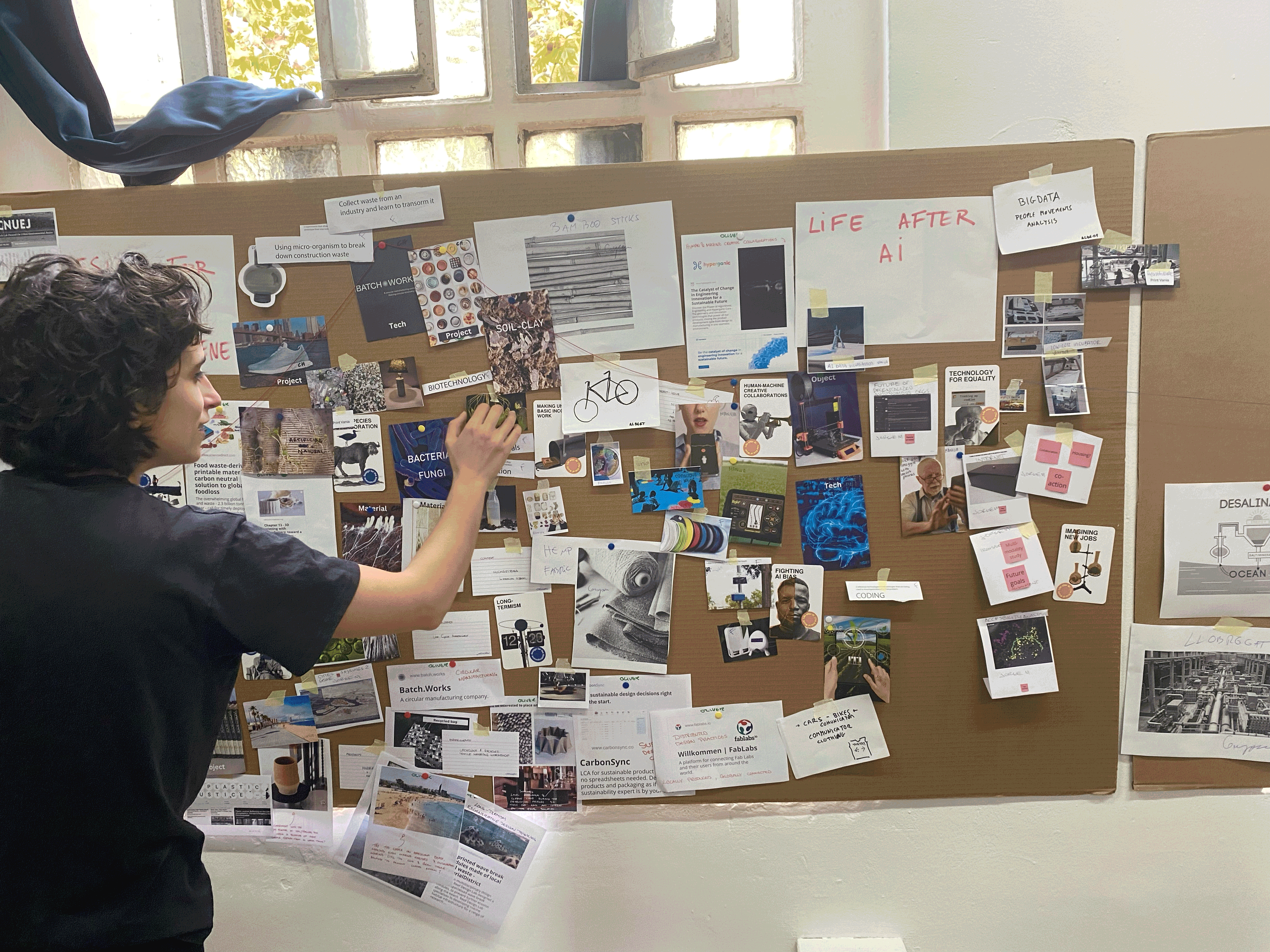
Taking a look into our collective design space, we thought that creating first-need products from scratch and teaching people how to do them via tutorials was a great idea, So we started thinking about it. The general idea was to create a big board where we displayed different “recipes” of all the ingredients needed to create basic healthcare stuff. That board would have been taken to a crowded place, and via QR displayed on the board, people would have been able to do them at home and share them.
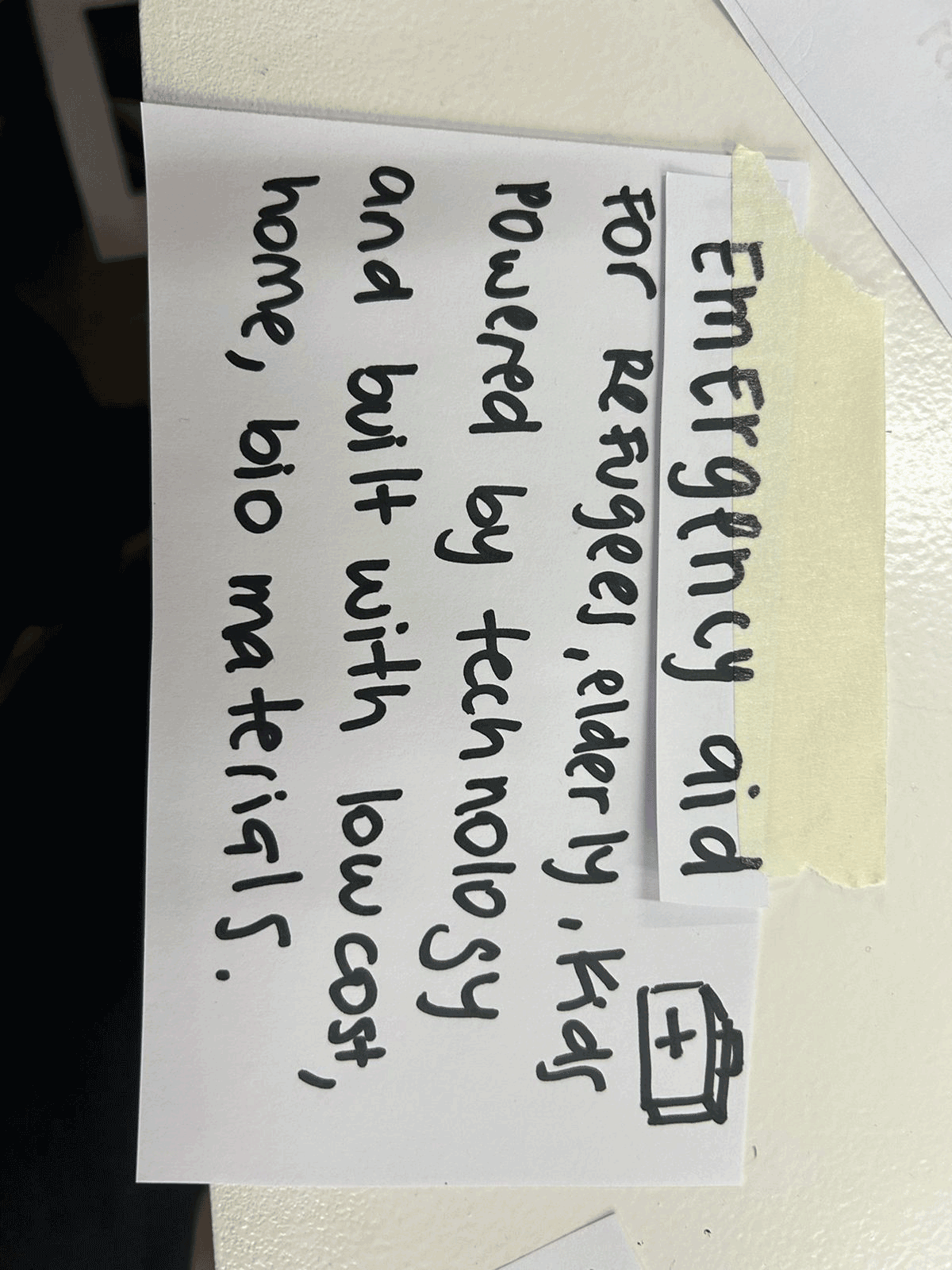
All of us were really happy with the idea at the beginning, but then, after some individual and group design studio reviews, we realized that we hadn’t taken into consideration the first-person perspective at all. So we knew the project had to change because we didn’t know if people actually needed this healthcare stuff that we were making because we didn’t put ourselves in other people's shoes. After realizing this, we tried to think about how we could apply 1PP in Barcelona as outsiders to the city. After reading and talking about it, we realized that all the other components of the group have experienced what it’s like to not have a DNI or a NIE and all the things that you can’t do without them. As the design intervention was not supposed to be super elaborate, considering we had 2 weeks to do it, we decided to intervene just transports. To decide which ones, we did some research on which ones are public and which ones are more limited, depending on whether you have a NIE or not. Out of all the transportation options in the city, we decided to just consider the public bicycle system and the metro/bus.

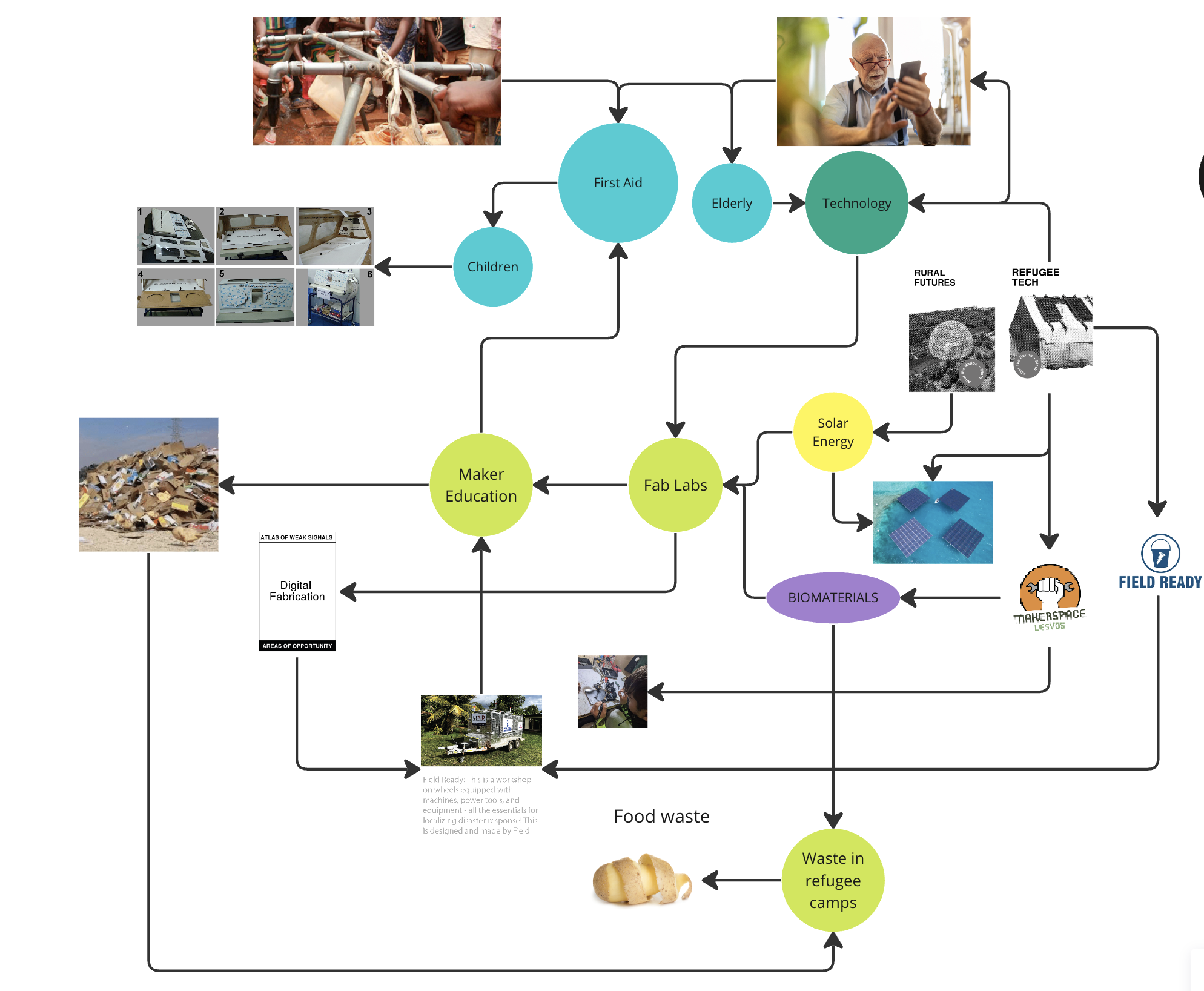
There are a lot of questions surrounding this subject, and we still don’t have answers to a lot of them. For that reason, we decided that the objective of our intervention should not be to solve anything, but to spread awareness and receive inputs that we can analyze and then deliver on what we want to do with them. To spread awareness, our idea was to print some posters where we let everyone know about this situation. Also, we wanted to attach a QR code that directed people to a form where we could get a lot of data. After rethinking the idea, we decided that the form was not a good idea after all. Firstly, people do not want to fill out forms, and second of all, the sample of data we could get wouldn’t have been correct. For that reason, we opted for more physical interaction with people. We decided to add some cutted papers to the bottom of the posters for the users to take. The thing about this paper is that we’re not fully cutted. That way, people would not be able to take them easily and would “break” the poster. This will be a metaphor for the slogan in the poster, “To get a paper sometimes is harder than you think,” referring to the NIE and the difficulties people face in getting it.
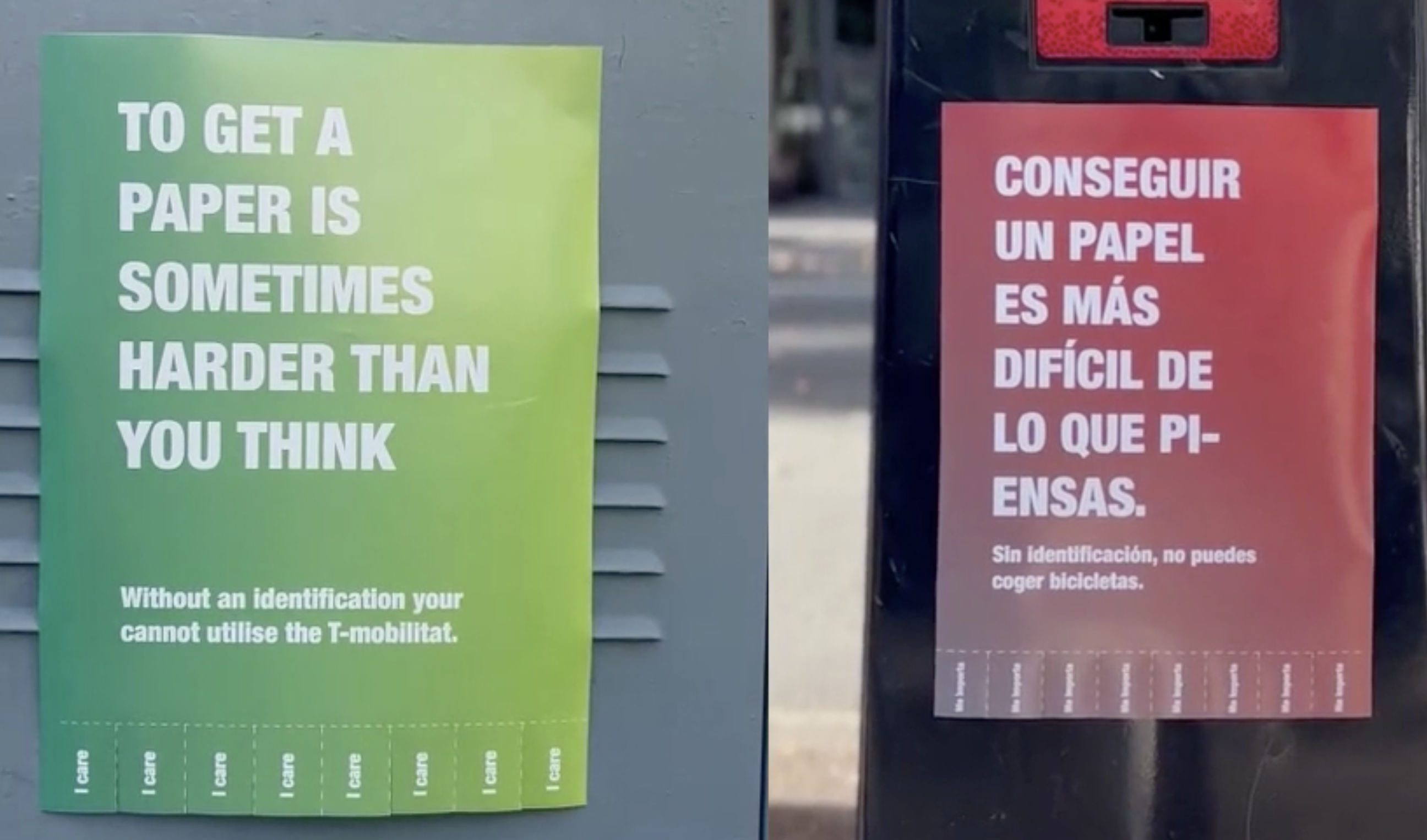
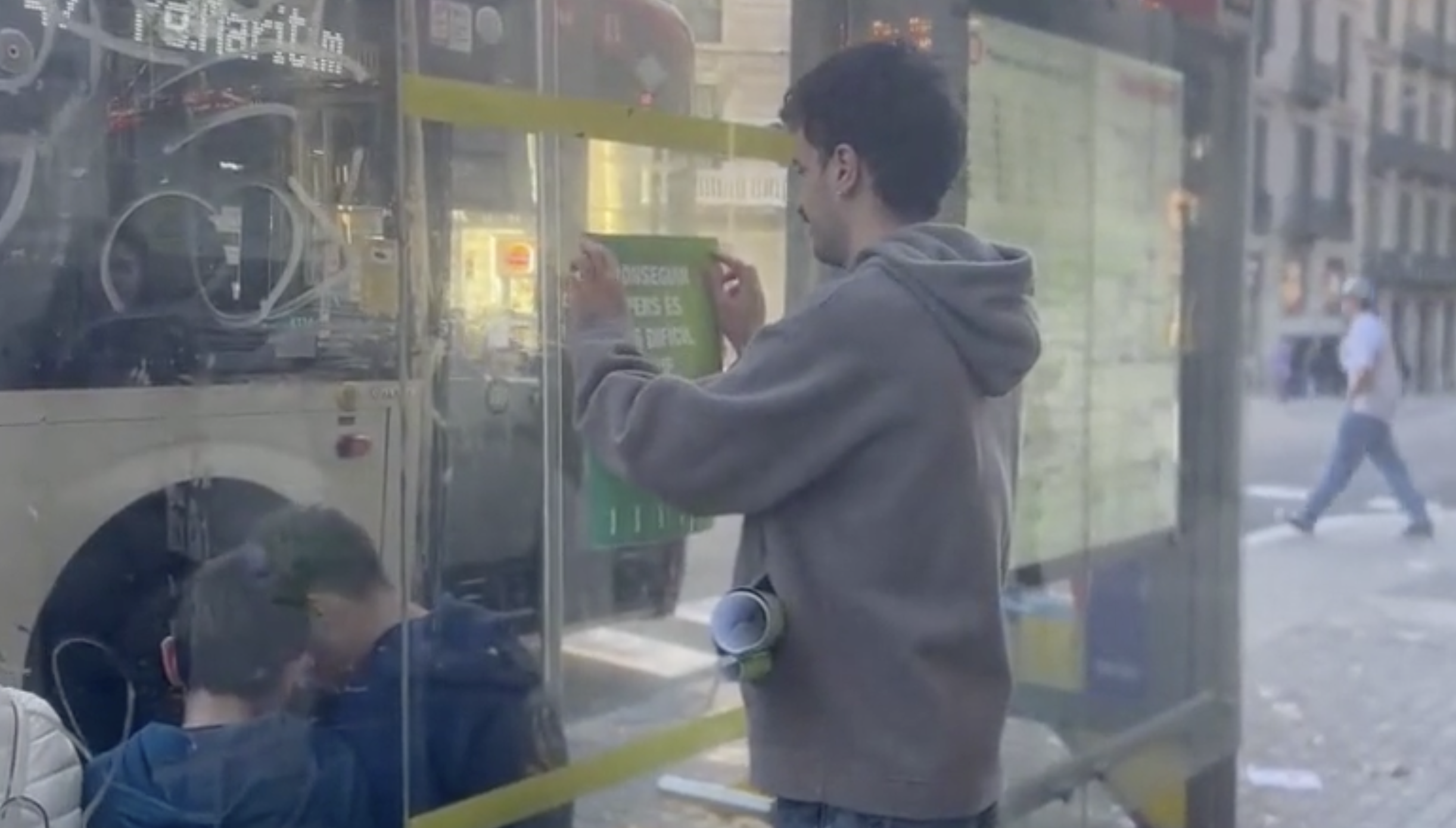
While we were filming the video for the intervention and placing posters in different places, we realized that not many people cared enough to read the posters, so we had to stop some people and tell them what we were doing. At the end, we managed to get some interactions and our “broken” posters. Personally, I enjoyed our intervention and how we managed to apply the first-person perspective to it, but I feel that it has gone pretty far away from my interests. That’s the reason why I’m not passionate about it and why, in the future, I will try to look for other kinds of interventions.